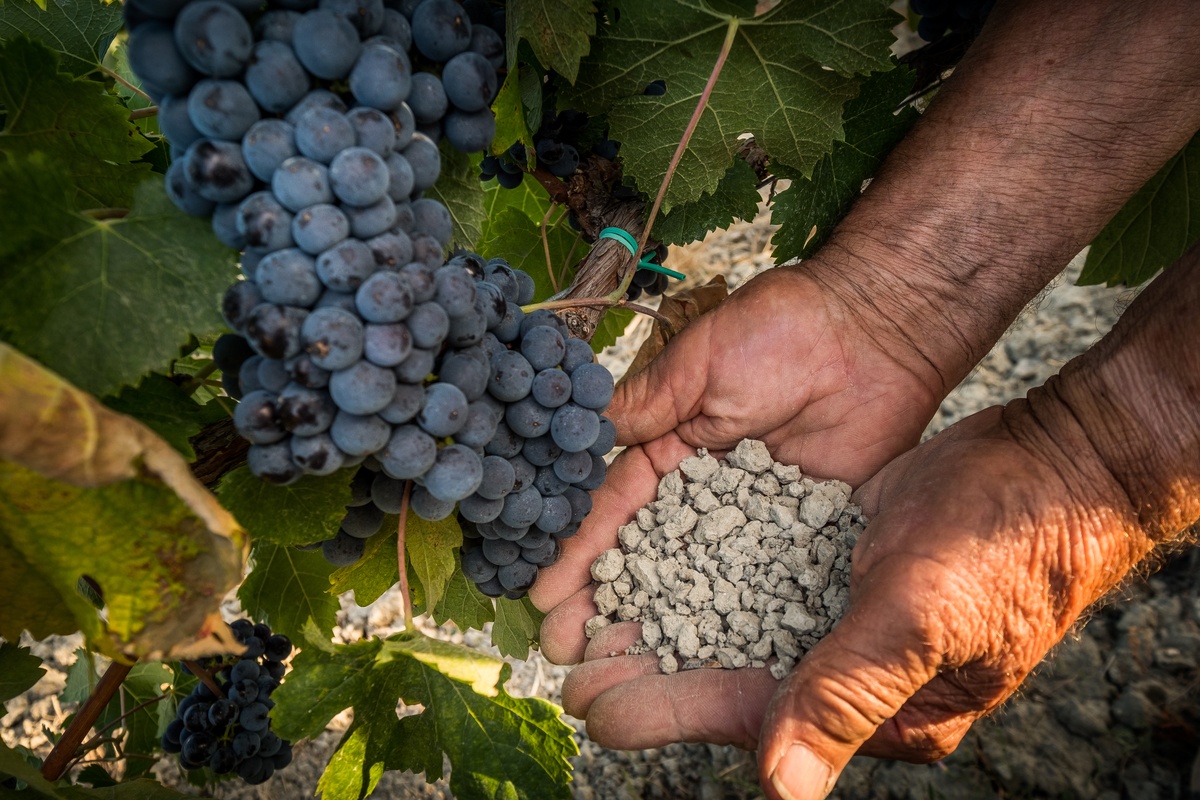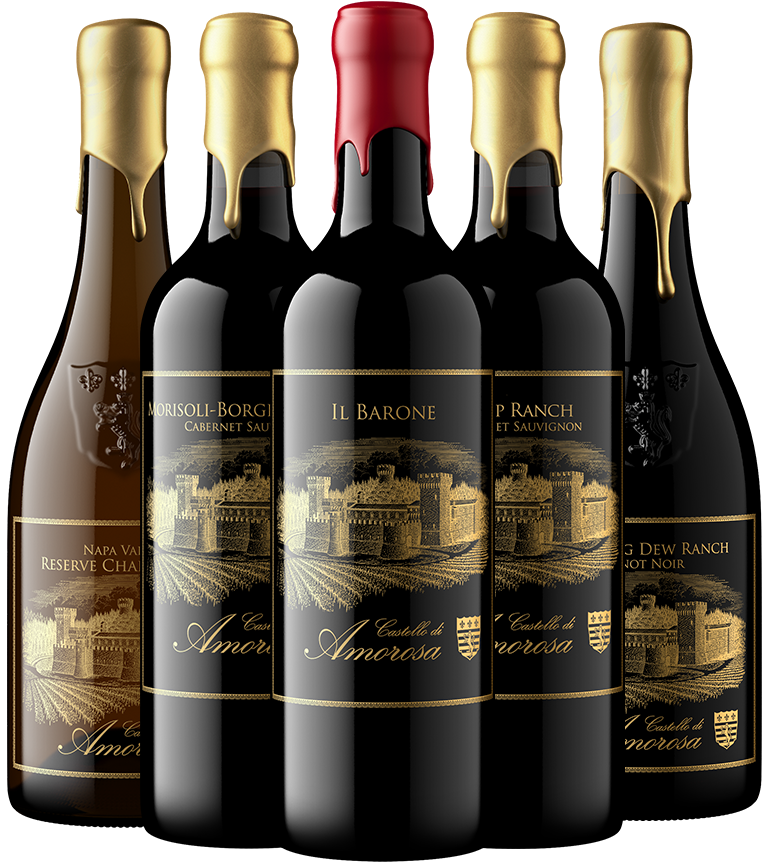Reserve Wines

Jim Sullivan
Jim Sullivan, Vice President of Public Relations and Marketing spearheads Castello di Amorosa’s publicity and marketing initiatives.
With over 20 years of marketing, public relations and business development experience with professional motorsports teams and in a variety of healthcare organizations in Southern California, Jim first joined Castello di Amorosa in 2008 as Public Relations and Marketing Manager.
An avid cyclist, Jim fell in love with wine and wineries while exploring the Washington State countryside. His love of wine was reinforced during subsequent trips to the Napa Valley to visit family.
Jim holds an MBA from the University of Redlands and a Bachelor of Science from Central Washington University. He resides in Calistoga, Calif.
Reserve Wines
Have you ever seen the word Reserve or even the term, Napa Valley Reserve on a bottle of wine? The bottle might even display such phrases as, Private Reserve, Special Reserve or Proprietor’s Reserve. In some wine growing regions of the world, like Italy and Spain, for example, where the Italian Reserva and the Spanish Reserva are legally defined and indicate wines are aged longer (could be a combination of oak barrels and bottle) than regular bottlings. In all cases, reserve wines of this distinction are highly sought after and are largely considered collector wines.
While there is no legal definition of a reserve wine in the U.S., generally reserve wine bottlings usually consist of wines considered by the winemaker to be of greater quality that can age gracefully, many years longer than a regular bottling of the same variety. Usually selected from special wine barrel lots that merit additional aging and, in some cases, complete vineyards or select rows of the vineyard will be designated for the winery’s reserve program. It is common for select vineyards to have certain areas where the growing conditions are slightly better than other sections. This could be due to the slope of vineyard in that section which allows for better sunlight on the vines or creates better soil drainage.
Additionally, in vineyards near hillsides, it is common for alluvial soil to accumulate in sections of the vineyard. Alluvial soil is a rich, nutrient-dense composition of gravel, clay and silt that improves the richness in the soil and supports healthy vines and their complex and deep root structure. These types of soils contribute greatly to the diversity of wines produced from vineyards with alluvial soils and results in Napa Valley wines with a softness and elegance.
In the Napa Valley, a region home to many collectable wines, reserve bottlings consist of wines that are considered by many winemakers to be finer and have greater aging potential than their regular bottling of the same collectable napa wines. The most common wine that garners the distinction of being called a top collectable wine is Cabernet Sauvignon or Cabernet Reserve as it’s coined by many wine connoisseurs.
At Castello di Amorosa, winemakers Brooks Painter and Peter Velleno have crafted a complete line up of Napa Valley Reserve wines in their Napa in Reserve portfolio. Our portfolio also includes fine wine selections from the Anderson Valley, the Green Valley of the Russian River Valley and Mendocino AVA- some of the top AVA’s in California wine country.
Click here to see our full collection of reserve wines.





